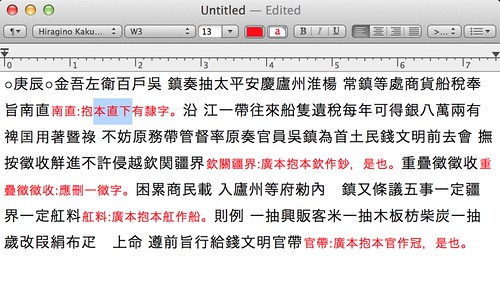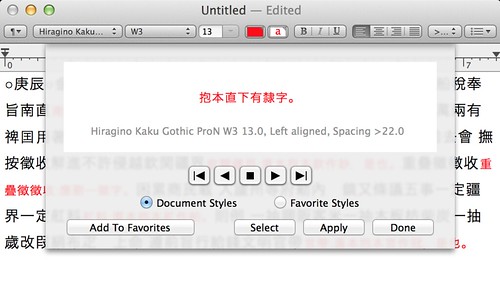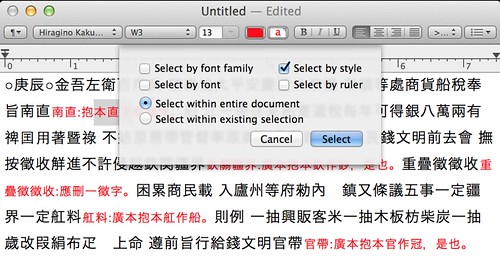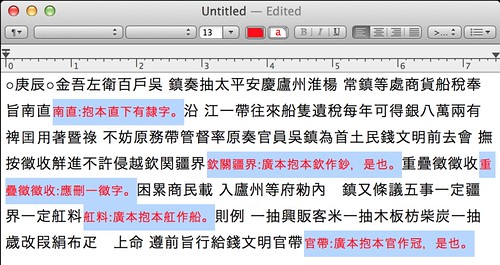This guide introduces some of the resources that I use most frequently when looking for Japanese language scholarship. The assumed reader is a Sinologist working at a North American university, but the post might also be useful for others with a similar background. The first part describes how to find works on a particular topic; the second part provides tips on locating a particular work after having found the relevant bibliographic information.
Finding Japanese Language Works
A Digitalized version of the Annual Bibliography of Oriental Studies 東洋学文献類目, published by Kyoto University’s Institute for Research in Humanities (人文科学研究所). Also includes non-Japanese language works. There are two “versions” of the database, with slightly different periods of coverage:
Version 7: Contains items covering 1934-1980; 2001 and later. As of the date of this post, I have confirmed the inclusion of items from the year 2012.
Version 6: Contains items covering 1981-2010?
Searches the holdings of the National Diet Library (NDL) as well as several outside databases. The database includes not only books, but also titles of individual journal articles. (I mainly use it for searching the latter.)
Note: Holdings of the NDL include a significant body of PhD dissertations, but they rely on donations from individual universities and are not comprehensive. For more on searching for dissertations, see this page: 国会図書館調べ方案内: 国内博士論文. My understanding is that there is no single database that provides comprehensive coverage of all universities, and it is necessary to check the catalogue of each degree awarding institution. (On the other hand, many dissertations consist of already-published articles, which will show up when searching NDL’s holdings.)
Searches NDL’s index of journal articles as well as indices of various journals and university repositories. My impression is that most items found on CiNii will also be available on NDL’s database, but it is a good idea to double check on this database because it will occasionally have links to university repositories where you can download free PDF copies of the articles. (There are also articles that are only available by subscription.)
Provides access to proposals and reports of research projects that have been awarded funding by the Japan Society for the Promotion of Science (日本学術振興会). Useful for learning about ongoing research projects that may not have been published.
5. Published Books (Important!)
Most books by Japanese scholars consist of revised versions the author’s already-published articles, so if you know the name of the relevant author, it might be best to first check his/her book publications. Not only will you be able to read more updated versions of the original articles, it will also save you a lot of time compared to tracking down the many individual articles that might have been published on minor journals that are hard to locate.
6. 史学雑誌
Every year, the May issue of the journal Shigaku zasshi 史学雑誌 is devoted to reviewing scholarly publications of the previous year. One scholar will be responsible for a chapter covering a particular geographic area and time period (Ming-Qing China, for example). Useful for historians who need to catch up on recent scholarship.
Locating Japanese Language Works
Some articles are available in PDF copies through CiNii, but the great majority are only available through paper copies. The major journals are available in many university libraries, but you might need to make interlibrary requests for the minor journals. Again, if an article is hard to access, check if it has been incorporated into the author’s book publications (refer to #5 above).
If a book is not immediately available at your library and you want to take a quick look at its table of contents, try searching it on Webcat Plus. This database provides the table of contents for some (but not all) books. Sometimes the information is abridged, so the safest way is still to check the physical book itself.
Many online library catalogues do not handle searches in East Asian languages well, so it might be best to search using the Romanized title. Worldcat (as well as Harvard’s Hollis catalogue) is very good with searches in East Asian languages, so if you do not know the correct Romanization of a book title, search it on Worldcat first to find out the Romanization.







